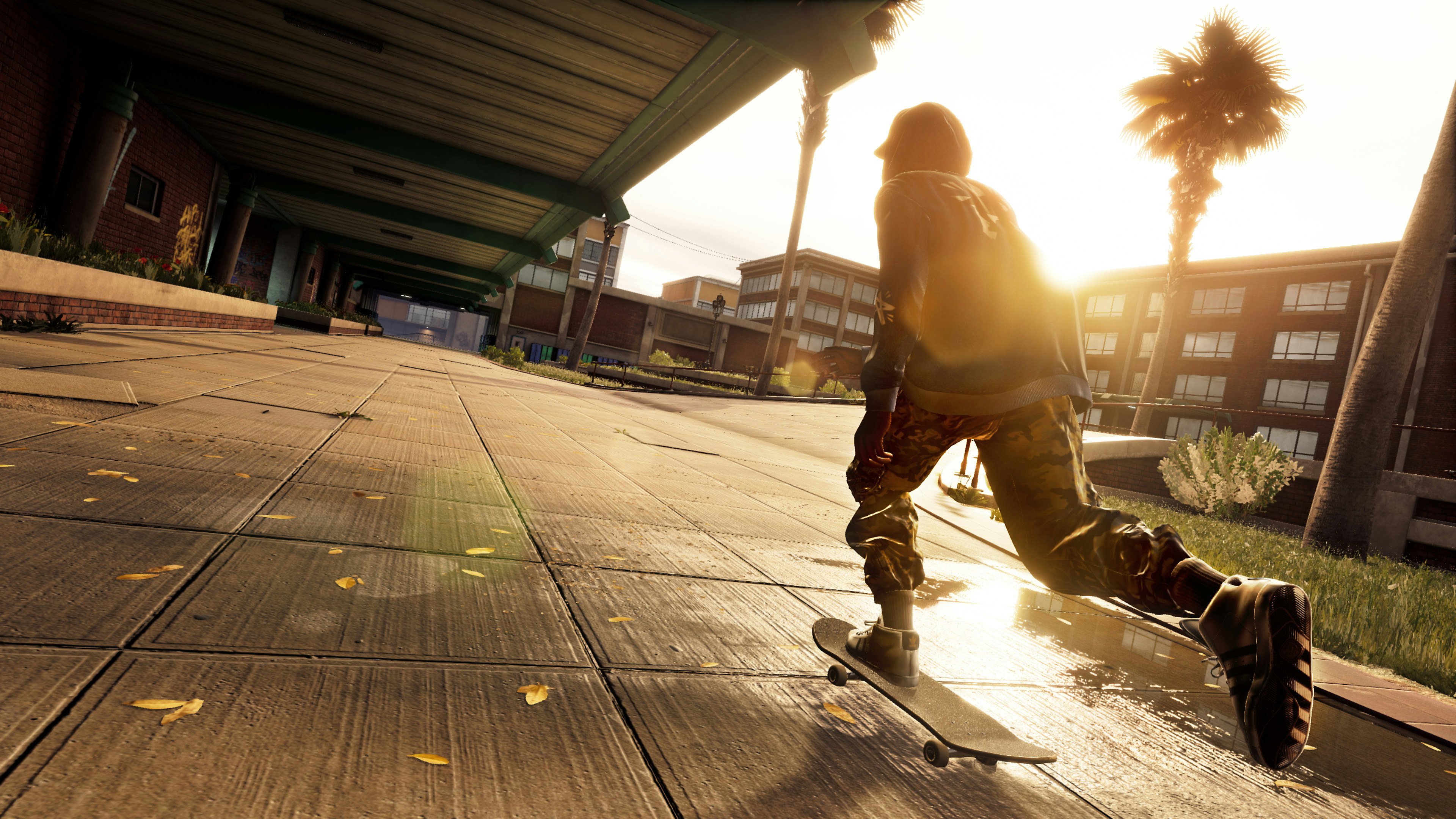
It’s been 25 years since Tony Hawk’s Pro Skater forever changed the landscape of video games, licensed soundtracks, and the sport of skateboarding. Translating the freeing feeling of expression that drives skate culture, while squaring this virtual representation with the inherent video gamey-ness of high scores and competition was a code no developer could crack.
Plenty have tried of course. The Atari 2600 game 720 marked the first true video game translation of skateboarding. Rockstar Games’ Thrasher: Skate And Destroy accurately recreated the painful difficulty of skating, but made an impenetrable game in the process. Meanwhile, Sega’s Top Skater, the arcade classic that put players directly onto the board to control their character, made it fun without accurately portraying the easy-going freestyle nature of the extreme sport.
In September 1999 — just a few months after Tony Hawk landed the most mind-blowing trick the world had ever seen — Woodland Hills, California-based developer Neversoft also pulled off the impossible. The team’s first go at the genre flawlessly condensed the best elements from each of its predecessors (and some inspirations from other games like Nintendo’s 1080° Snowboarding franchise) and distilled them into one of the medium’s most influential franchises. “
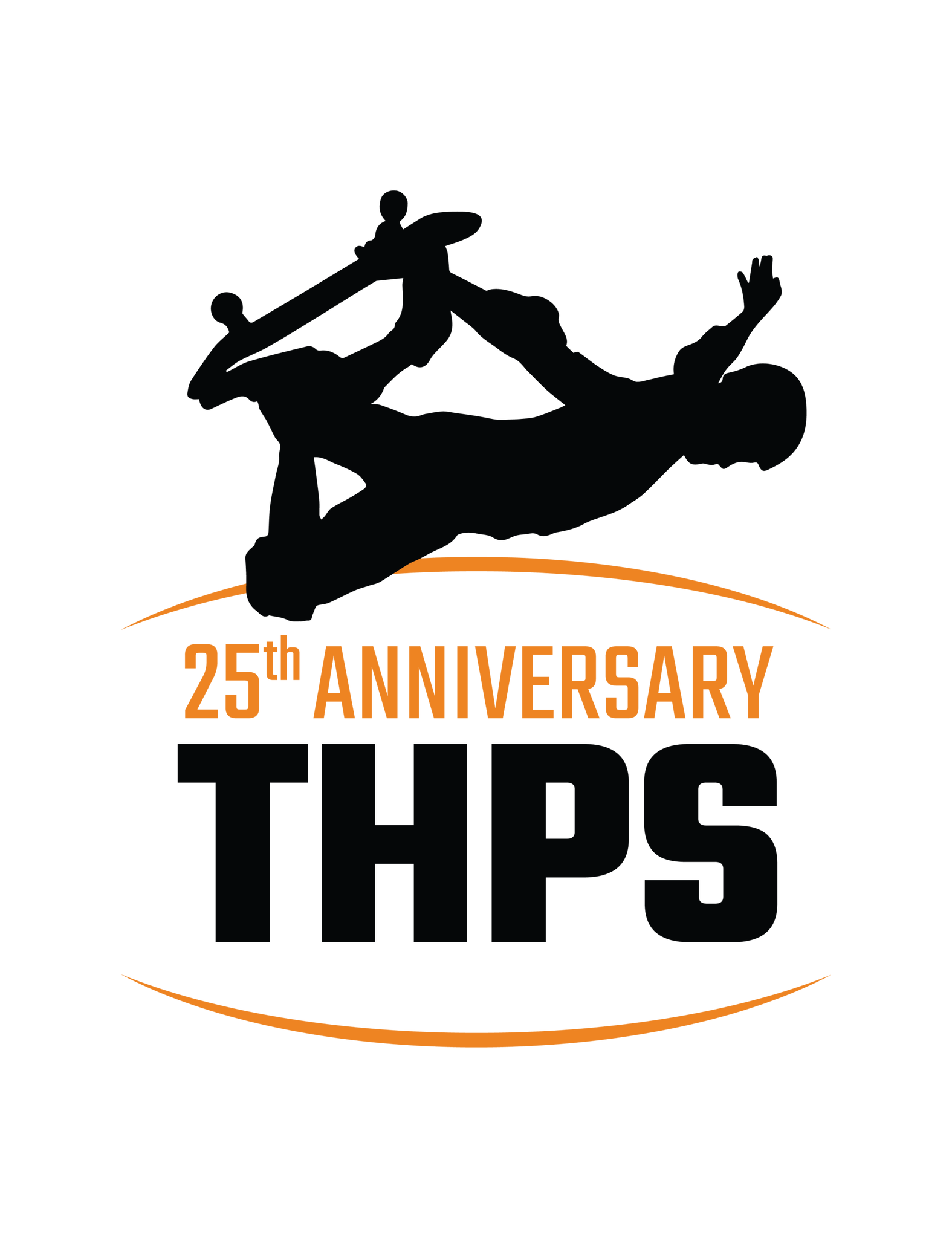
And while the gameplay was endlessly fun, it also managed to accurately pull together the feeling of the culture, with pitch-perfect music and the perfect balance of realism and arcade fun. Tony Hawk landing the five-rotation 900 at the fifth annual X Games put skateboarding on a new plateau in 1999, and Neversoft’s iconic series helped fan the flames of skateboarding fever by bringing it into millions homes. As of 2020, the series sold 1.4 billion copies, according to Forbes.
Scott Pease, development director and producer on the series, spoke to Inverse about the rise and unprecedented eight-year run of the Tony Hawk’s Pro Skater franchise, how it impacted the small California-based studio and the lasting legacy of a game that touched and inspired millions.
You would’ve been there from the beginning. What was the team’s reaction to working on a skateboarding game at such a pivotal time for the sport?
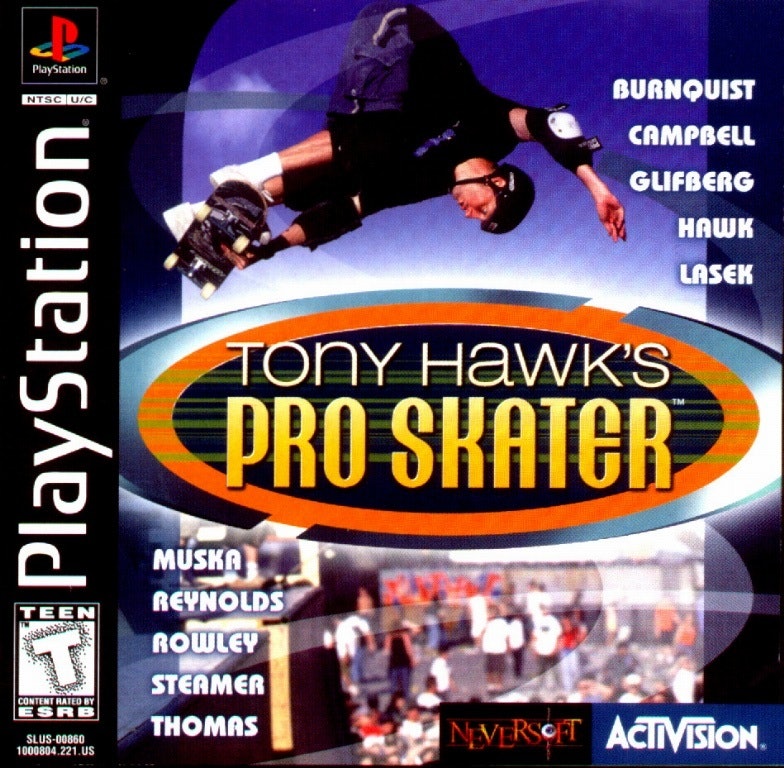
We were thinking that this was going to be, hopefully, a good game, that we could maybe sequel. It was exciting to work on skateboarding, but we were really modest in our hopes for it. We were hoping to just not fall on our faces. We planned to go out there, sell a modest amount, earn back Activision’s investment in us, and then get to make a sequel to build on it from there.
What actually happened was quite different from that. And that was a lot of different awesome factors that all came together right as we released the game. That was skateboarding having this sort of astronomical rise in its impact on culture, Tony hitting the 900, and skateboarding leaking into the mainstream, getting on newspaper covers and stuff.
And then we delivered a pretty awesome, fun playable game. There had been other games that experimented with extreme sports, but our game was the first full-fledged expression of that.
Were you already into skateboarding yourself? Or was this your introduction to the world of skateboarding?
I was into skateboarding as a kid. I had the world's worst built half-pipe in my backyard. We built it completely wrong so it was almost unskateable [laughs]. I was into Bones Brigade and all that stuff growing up. But then I left it behind. I went to film school and then got into the video game industry.
When it came back around [in the mid 90’s], and Activision was like “We want to make a skateboarding game” I was just like, “that’s perfect.” Because not only had I and a lot of the folks on the Neversoft team grew up skateboarding, we played games like 720 growing up. It's great fodder for a video game like, we knew it could work.
What was the very first thing you guys did for research and catching everyone up to speed on skate culture in the 1990s?
It was to immerse ourselves completely. We're a small team back then. Today's indie studio is what we were back then: we only had 10 to 15 folks on the team. Each of us got every single skate video that we could get and watched them at lunch. We were binging skate videos, reading skate mags, and trying to catch up to where skateboarding was at that time.
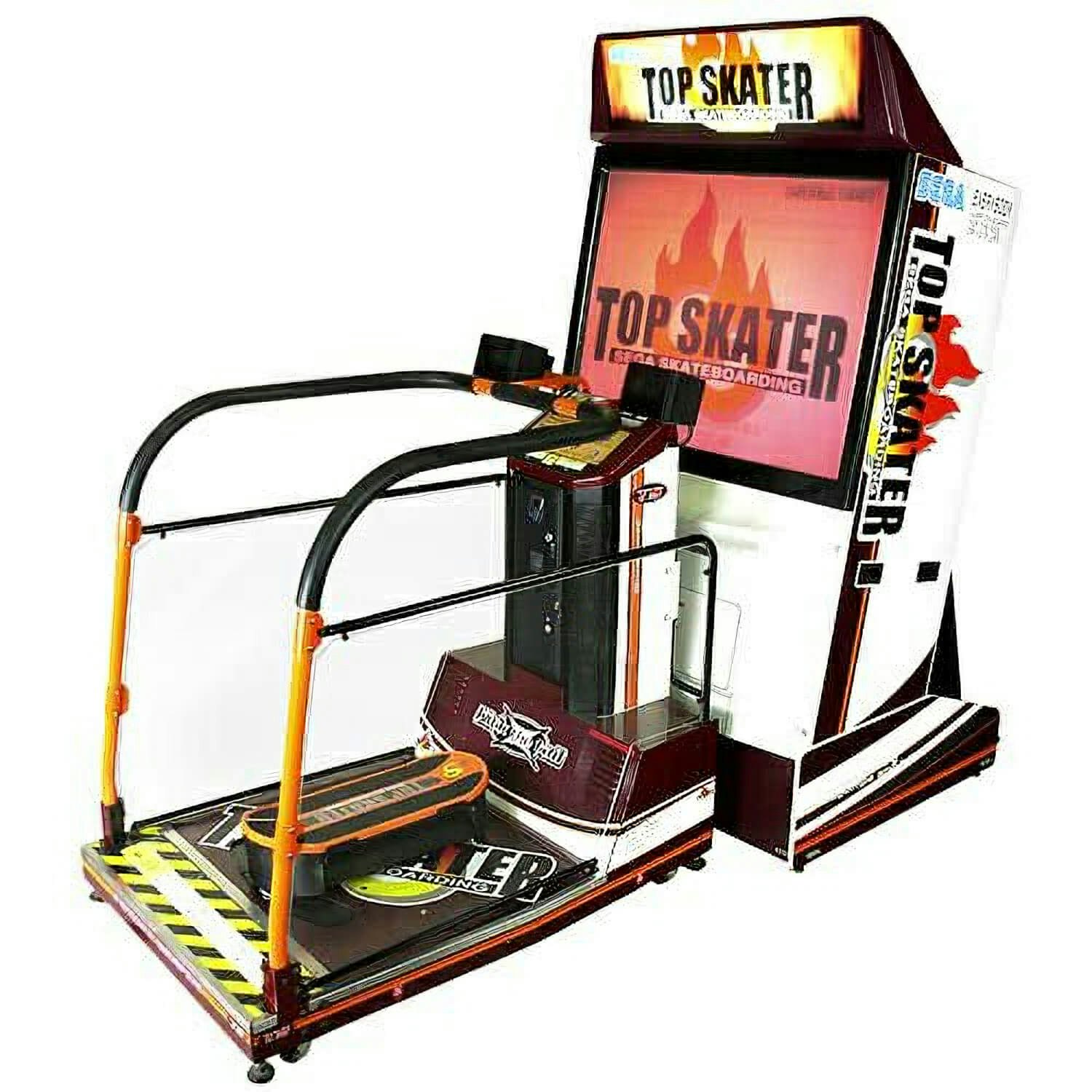
Our tiny little office space was also across the street from a bowling alley that had a Top Skater machine. Whenever we needed some inspiration or we wanted to see how Top Skater dealt with something, we would run across Ventura Boulevard, dodging traffic, get over to the bowling alley, and jump on the Top Skater to study how their camera behaved when the player went up a ramp or vert wall or whatever. We got a bunch of inspiration from that.
Was there a moment where it clicked with you just how big the series had become? What was that moment?
We sent an early review copy to Game Informer. We thought it was a good game and hoped they would give us a good review, fingers crossed. And they came back two weeks later and told us, “We're going to kick the game off the cover of our magazine that we were going to put, and we're going to somehow slam you in a week before print and put you on the cover instead.
If you go look at that issue, it's like a stock photo of Tony in a weird move over a stock photo of the earth. It's like photoshopped together at the last minute to create some kind of a cover that they could use because they love the game so much and wanted to be the ones to break it.
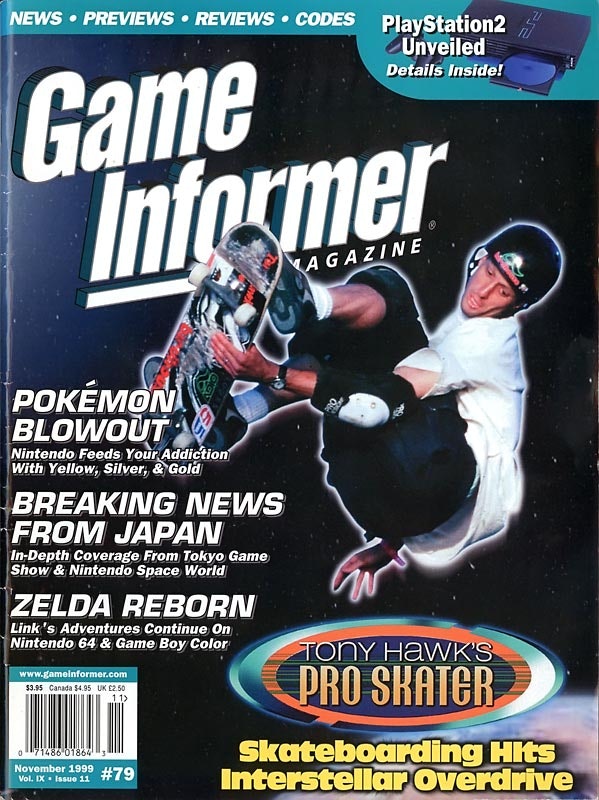
Some of those guys go back to the Tony Hawk 1 days and were still there until [Game Informer] folded up. Pour one out for them. They were awesome all the way through the series.
Best part about working with Tony Hawk at the height of his popularity? Any cool stories of being in that world?
He was a super fun dude to work with. He cared about the game, he took it personally. He was not a name just slapped on the box, he was embedded with us. We would send him builds of the game every month and he would play them at his house on his PS1 dev kit, have his friends play them, and give us feedback and encouragement.
It’s a pretty rare thing to be able to get the top person in his sport as your spokesperson and then also have that person be cool and helpful and want to contribute towards making a great product.
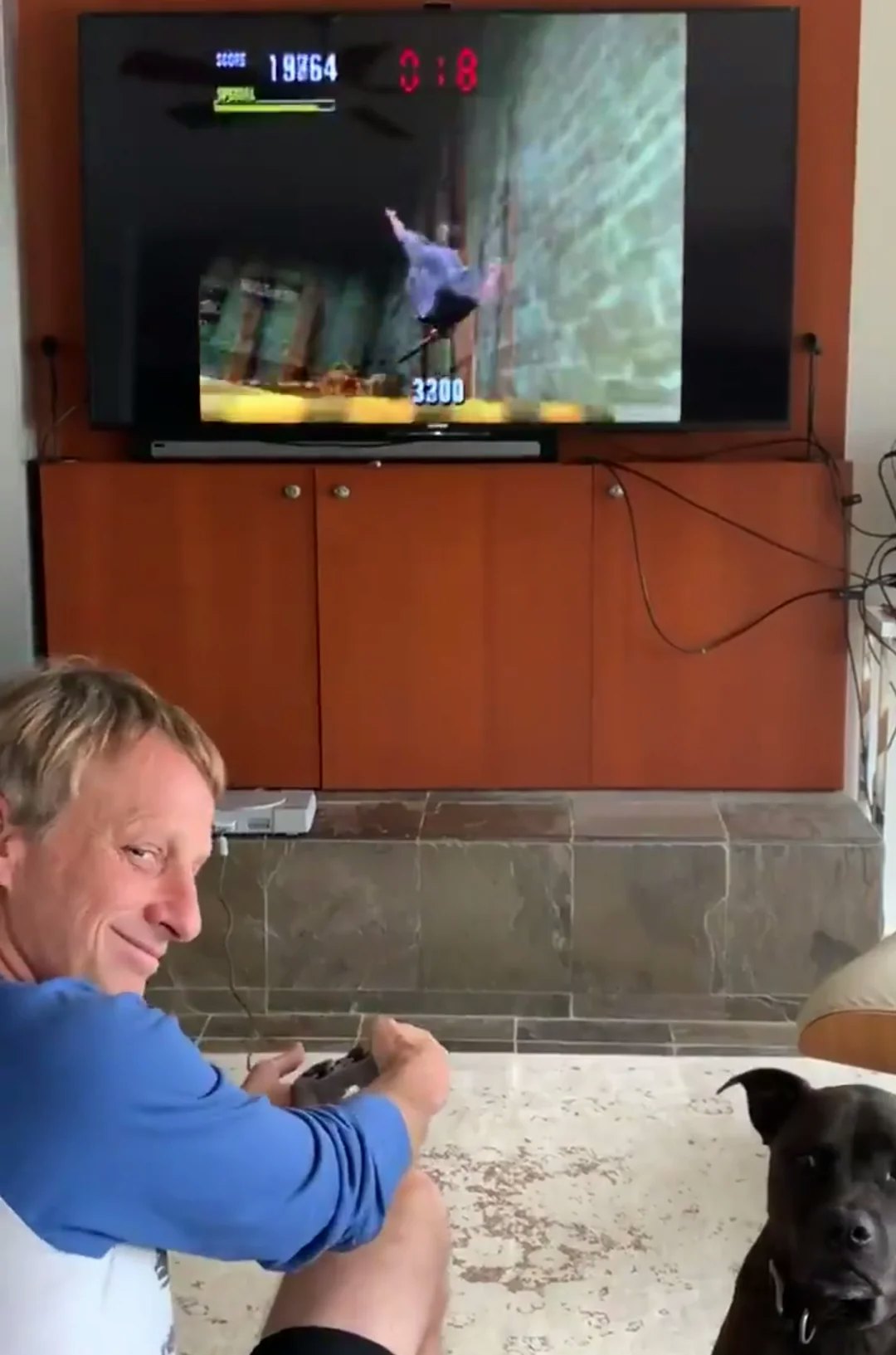
How did those legendary soundtracks come together? Was it a collaborative effort or something more contentious?
If there's one thing, everyone has an opinion on its music. In Tony Hawk 1, it was a little easier because we were constrained by a budget. We made the call to license real tracks because we wanted the game to feel like a skate video. Music is so important to skate culture, to skate videos to the vibe and the feel. It was like creating a giant list, taking suggestions, throwing that over to Activision, them adding their two cents, and then seeing what we could get.
After the game blew up, we had bands coming to us. We had a bigger budget, and we could really start to find cool, unique, interesting tracks. But those early days were scrappy.
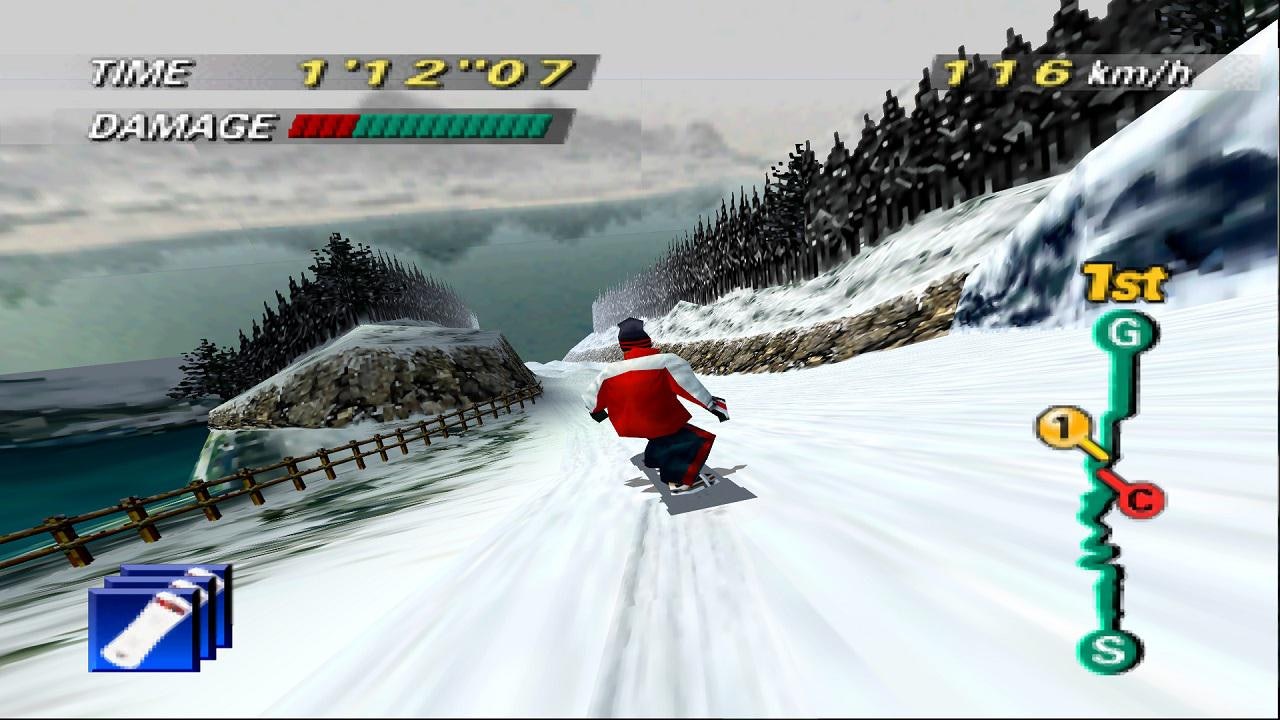
How did scoring come together? What was the major influence on how players would score?
So the biggest influence was 1080° Snowboarding for sure. I analyzed how they did every single thing in that game because I thought it was so smooth and so slick.
In the second game, you guys add depth to the combo system with the manual [a wheelie-like maneuver, used in the games to link tricks together]. How did that come about?
In the first game, the piece that was missing was the manual. Funny story is, we actually had a manual prototype in Tony Hawk’s Pro Skater 1. But it was right at the end of the project and we didn’t have the animation for it or the time to massage it and make it good. So we just cut it. You can feel it, that there was this missing piece.
But the beauty was, by cutting that, we didn't have it in Tony Hawk 1, people fell in love with the game, and then Tony Hawk 2, all we had to do was add the manual.
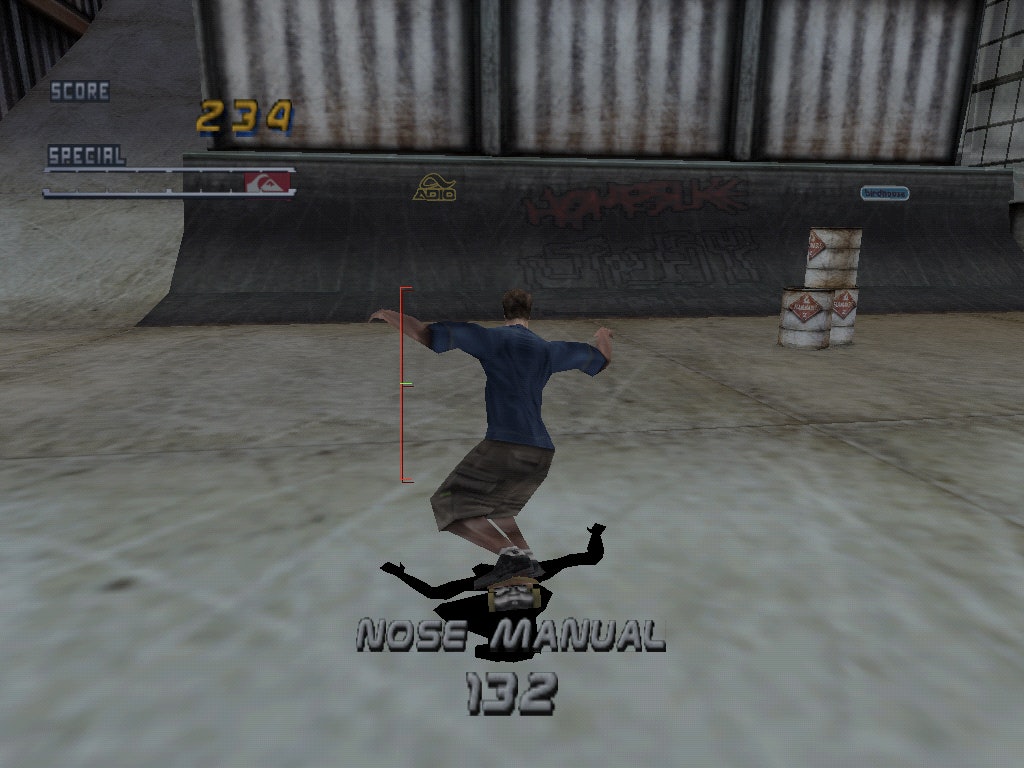
You guys helped kick off a very popular trend of extreme sports games. Activision would even open a new sub-brand dedicated to the genre, publishing the likes of Shaun Palmer’s Pro Snowboarding and Matt’s Hoffman Pro BMX. What was your favorite of these non-skateboarding “Pro” games?
The Activision O2 games were an interesting experiment. My favorite of them was Kelly Slater’s Pro Surfer, just because it felt like some of the other games were almost cutting it too close to what Tony Hawk’s Pro Skater was. Pro Surfer just felt different because you had the wave, the wave physics, and all that nuance to it. I really appreciated that. I don't think it found an audience, but it was a very cool game.
What was the process behind getting the unlockable characters you guys got? It seems like you had access to any and everything.
So obviously, Spider-Man came out of us working on the 2000 Spider-Man game. We had the character model already made and thought “wouldn't that be awesome to put him in?” After that, it was like, well that works. Let's do it again with whatever’s hot right now.
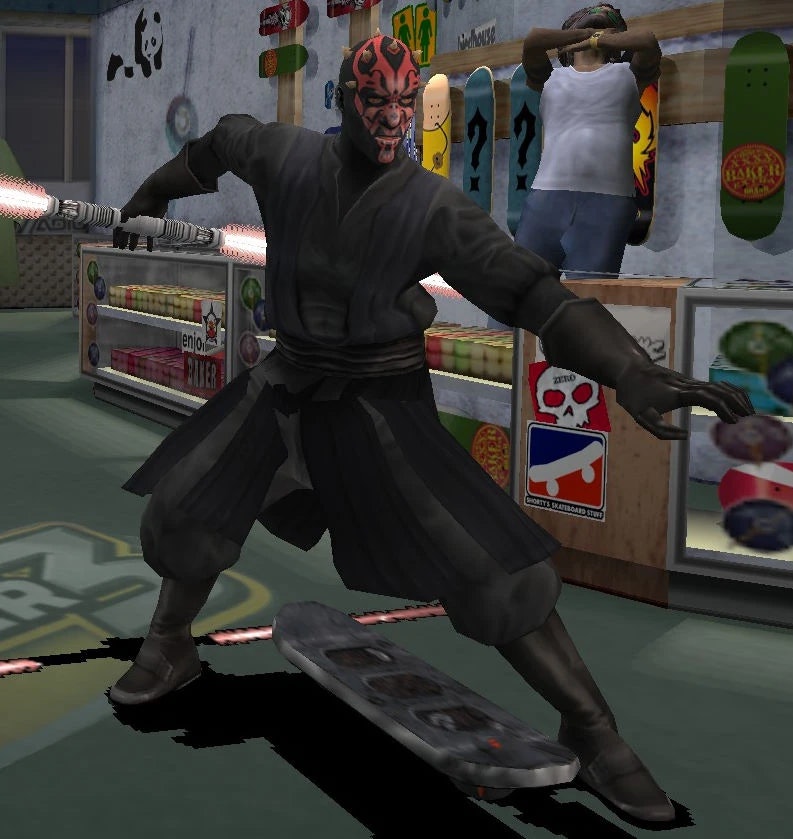
Honestly, I look back, I cannot believe it. We would just ask and get these characters. Wolverine, Darth Maul, Iron Man, Shrek, Jango Fett, we’d ask Activision, “Hey, can we get that?” And they’d be like “I don’t know, I guess we can try.” I guess the game was on an upswing, and some of those franchises were sitting a little fallow or whatever and they just gave us the rights to do it for free.
By the way, I scripted Jango Fett’s “Jango Jump Jet” maneuver, where he shoots straight up with his jetpack. That immediately broke every level in the game and the designers were furious [laughs]. They had to add invisible domes over all the levels so the player couldn't jump jet out of their level and get stuck. To this day, I'm sure there’s hundreds of bugs around the Jango Jump Jet.
Did you have to get approvals on how these characters were portrayed?
I don't remember Marvel or LucasFilm or anyone ever objecting to anything. We always tried to do it in the spirit of that character, you know?
Neversoft would eventually move on to Guitar Hero with Guitar Hero 3. How did the Tony Hawk games prepare the team for that franchise?

One of the things that paid the biggest dividends was just our attention to detail on player control. Our technical director Mick West was the father of Tony Hawk’s Pro Skater’s controls and physics. What I learned from him was the insane attention to every microsecond of what the controller's doing and how the game is interpreting that. Now every game feels great, but like back then, a lot of games felt clunky and weird, and you’d be struggling to get your character to do what you want. We differentiated ourselves: we’d focus test, and study what people were doing with the controller and adapt that so everything felt smooth and clean.
When we took over the Guitar Hero series, that player control dynamic was already established by Harmonix, but we had no help re-engineering it. All we could do was try to replicate it as precisely as possible and try to understand what they were doing by just observing it. That was difficult and took a long time, but we probably got it 90% right with Guitar Hero 3.
When Tony Hawk’s Proving Ground dropped, did the team know this was the last one? What was it like transitioning from those annual releases to no longer working on the series?
It was tough. To be honest with you, we probably should have given it up a little sooner than we did. But we had a tough decision at one point. After Guitar Hero came along and we had also just shipped [the open-world western game] Gun [and Tony Hawk’s American Wasteland], we had to decide between the three franchises.
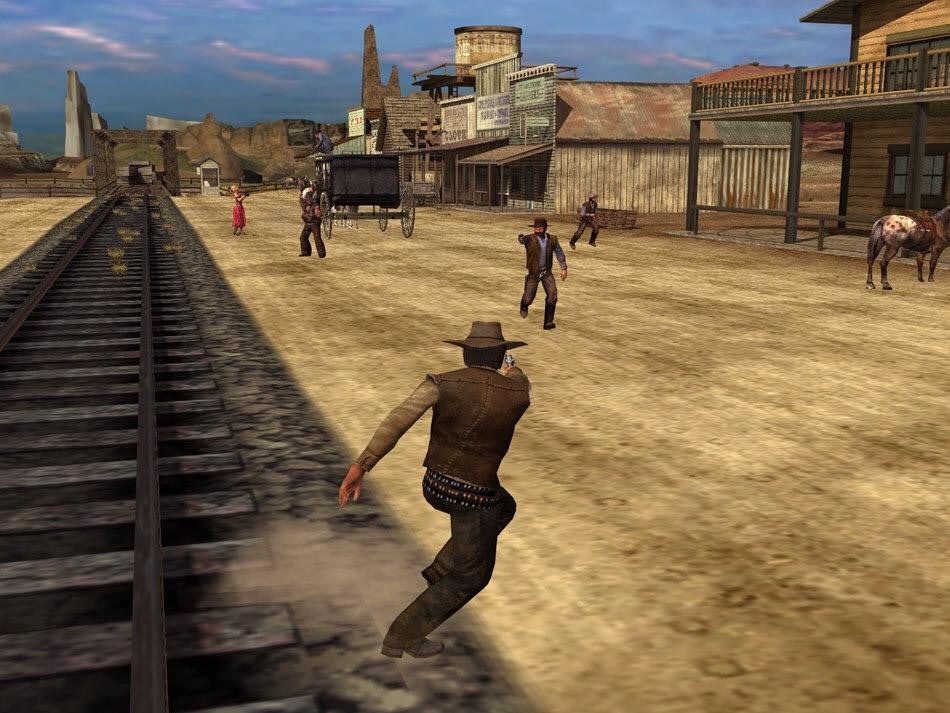
So we dropped Gun 2, which is one of my greatest regrets in my entire career. I could go on and on about Gun and Gun 2. If you look back now, we had the start of an open world, a fully streaming engine, with AI and shooting and all of these things that the industry would soon be all about. This is before Assassin’s Creed. There’s no Ubi-Engine. Rockstar was just starting to do their thing with Grand Theft Auto.
But we threw it all away. We kept going with the Tony Hawk series because we thought “if we give this up, someone's going to destroy it.” We had too much internal knowledge about how everything worked, it was impossible to transmit to someone else. Looking back, maybe we should have tried harder to find a team that could take it over and breathe some new life into it.
Your favorite game in the series?
Oh, that’s tough. Every game had something in it that I really felt strongly about. Pro Skater is where it all started. THPS2 because we got to add all this stuff into it, almost added too much stuff into it, to the point where I almost had a nervous breakdown because I thought we’d never ship that game. THPS3 because the move to the new consoles (Xbox, PS2 and GameCube). THPS4 has a special place in my heart because it was the first time that we broke the formula and tried to do something a little more adventurous, a little more GTA-esque. And then, of course, Tony Hawk’s Underground, that's the one where we tried to do a narrative story.
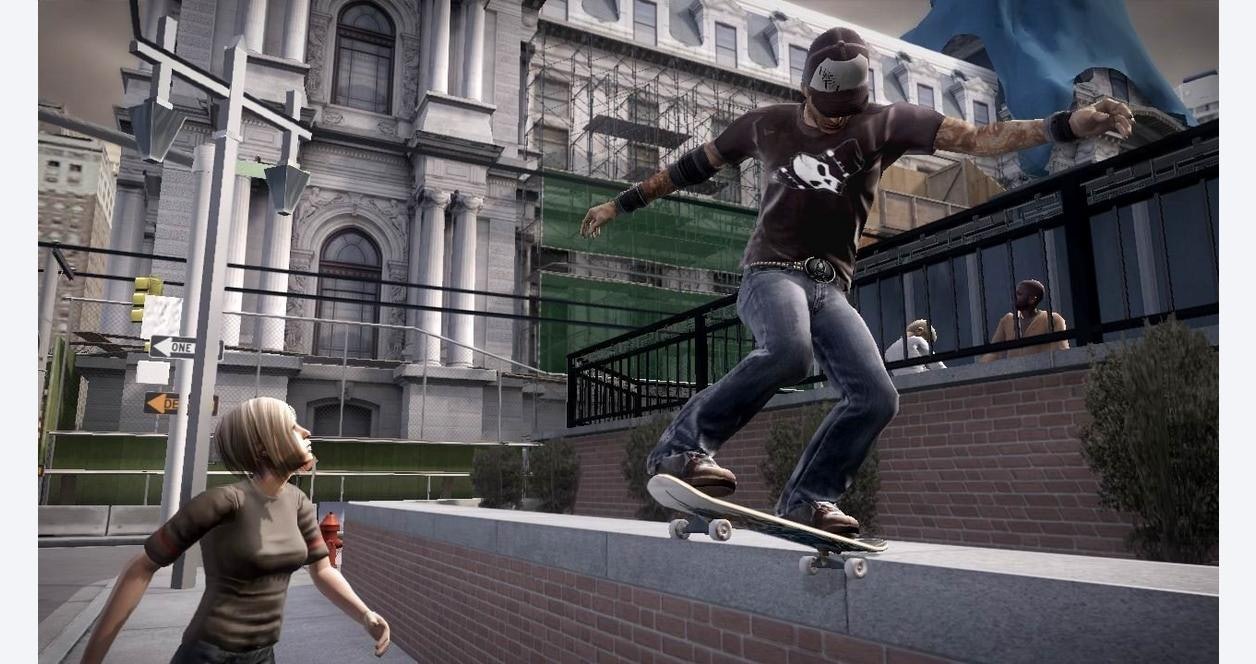
We also put weird ass tech in that game, where you could take a photo of yourself, email it to Neversoft’s server and download it to put your face in the game. I don't know how many people actually did that. But the fact that we whacked that technology together and actually shipped it in a PlayStation 2 game is kind of cool.
25 years later, what part of the THPS legacy are you most proud of?
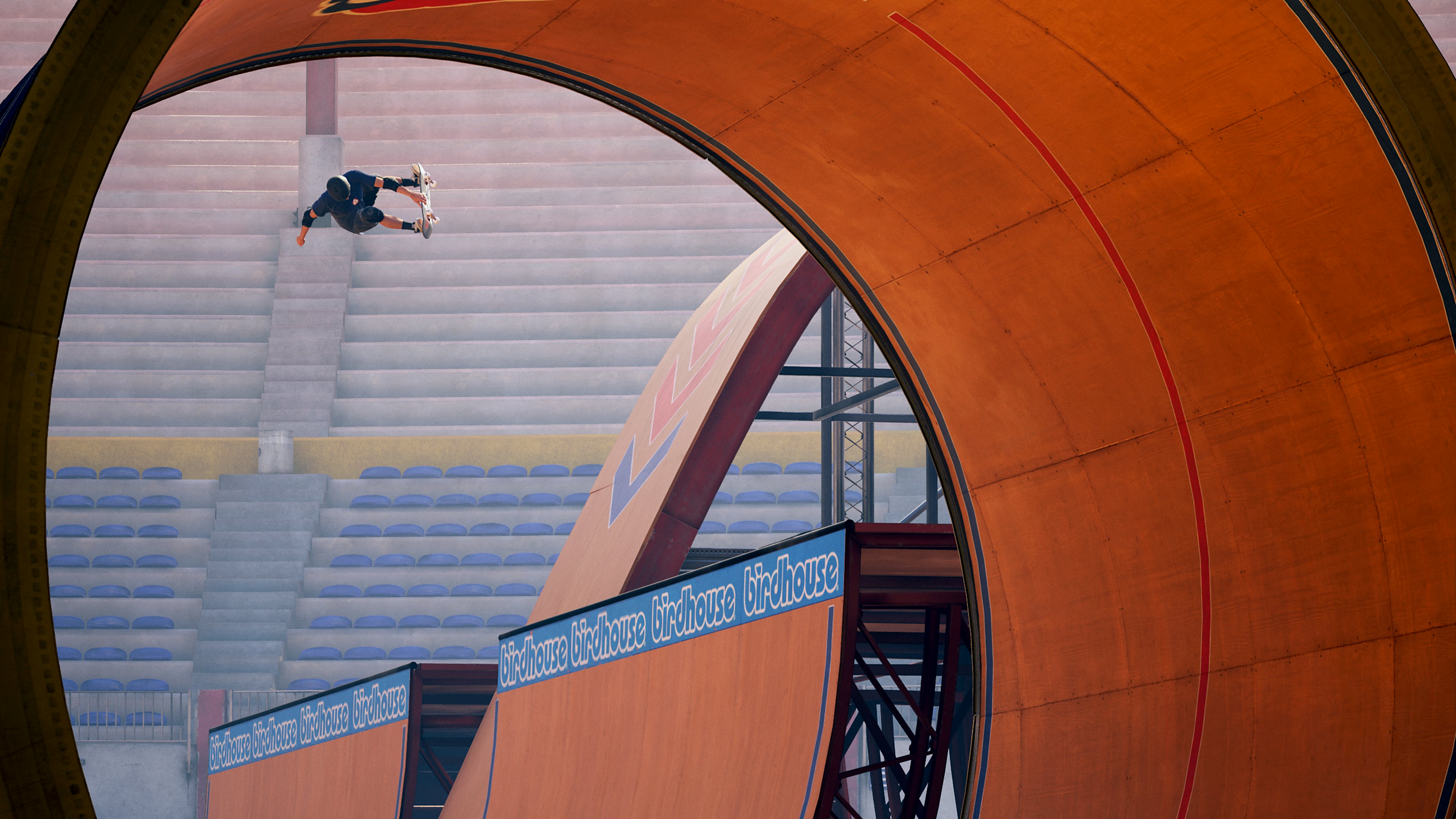
I get it all the time. People who got into gaming or discovered skateboarding or discovered music through playing the game back when they were kids. That's really satisfying. Games can be a frivolous pursuit. But I think also it's a way to connect with people: when you get a couple people on the couch and you're passing the control around, having a good time. If the game is the juice that helps make that happen, then that's a super cool thing to be part of.







